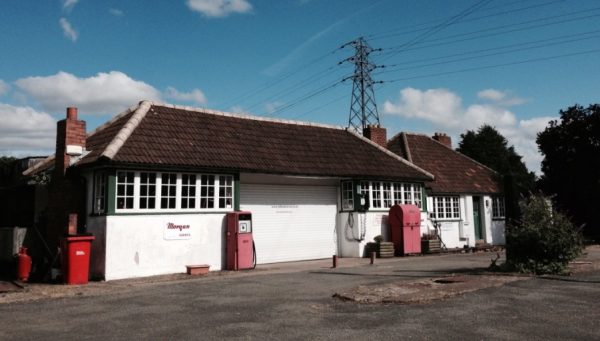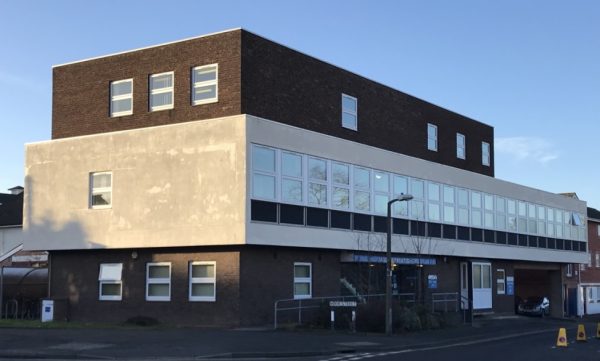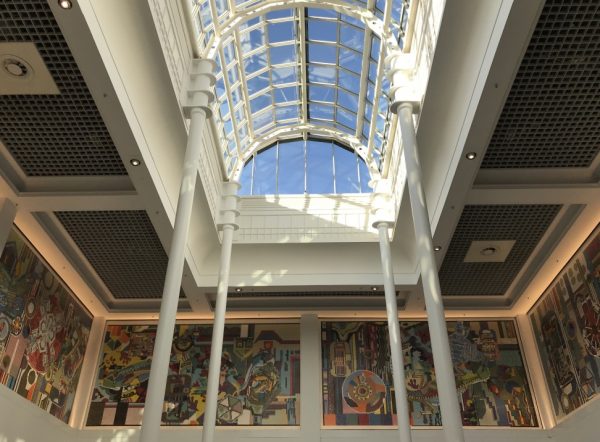An exciting new project
- 13th March 2018
Adding a new layer: 20th century non-domestic buildings and public places in Worcestershire
The 20th century was a period of rapid industrial, economic, social, cultural and technological change. These changes, often driven and most certainly overshadowed by war, transformed the English landscape, adding another layer of complexity to England’s long history of re-invention.
Many people, through the experiences of their parents and grandparents, feel a deep connection to this period of recent history and there is increasing conservation interest associated with 20th century heritage, in-particular the rich legacy of 20th century architecture.
Worcestershire Archive and Archaeology Service’s new project – Adding a new layer: 20th century non-domestic buildings and public places in Worcestershire – aims to identify, review and record 20th century non-domestic buildings and public places, many of which are highly valued by local communities but are increasingly at risk of redundancy and demolition.
The project, which is being funded by Historic England, also aims to strengthen the public’s awareness and appreciation of 20th century heritage, its conservation, value and significance.
We need your help! Do you know of any interesting or valued 20th century heritage in your local area?
We are interested in any non-domestic buildings or public places, dating from 1901 – 2000, including village and community halls, sports pitches, schools, factories, shops, parks, military/defence buildings and churches. Are there any buildings in your local area that were constructed to commemorate WWI or WWII, in celebration of the Queen’s Coronation or as part of the Festival of Britain? If so we would love to hear from you!
If you have any interesting information or photographs that you would like to share please contact Emily Hathaway on ehathaway@worcestershire.gov.uk



Look at my Buildings of Architectural Interest Survey 2014-2016 Malvern author Louisa Davidson deposited in HER for public use. There are photos and brief descriptions. Many are 1901-2001.
Welcome to use. Any of interest I maybe able to give further information. Please credit me!
Louisa Davidson Historic Building Consultant
Many thanks for your message. Your Buildings of Architectural Interest Survey has already taken residence on my desk (thanks to my HER colleague Andie Webley for pointing me in its direction). I’ve only had chance to have a quick flick through it so far but it looks great and 20th century heritage is far better represented on the HER in Malvern than for the rest of the county as a result! Absolutely, full credit will always be given to others work. Many Thanks Emily